Ansel Adams, was born on February 20, 1902. He had always enjoyed nature, and spent lots time exploring and collecting insects as a kid. Adams was homeschooled for two years by private tutors, his father, and his Aunt Mary.
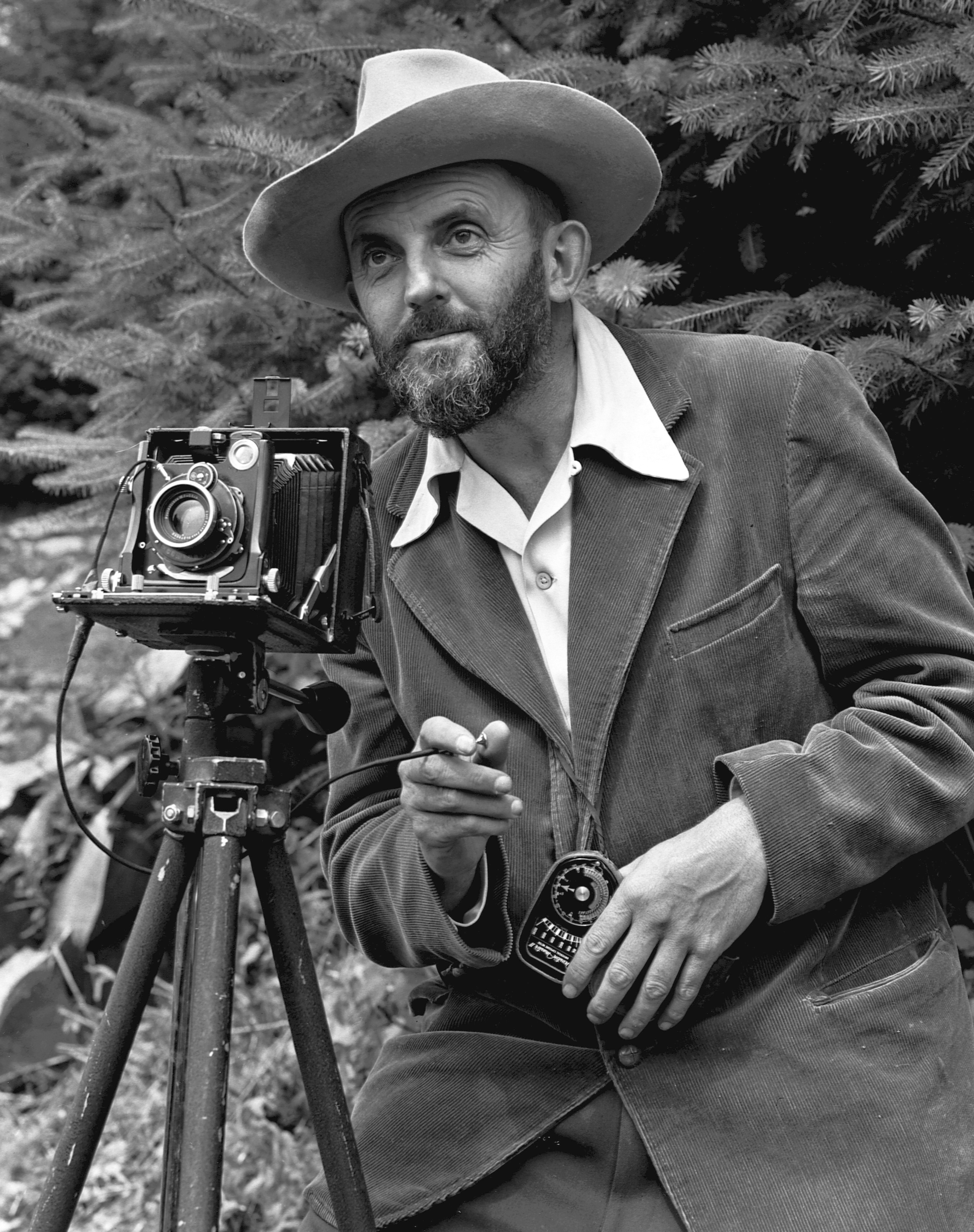
He was influenced by Ralph Waldo Emerson, living modestly and morally, and later, the philosophy of Edward Carpenter inspired Adams to pursue beauty and display it to the world.
His interest was first securely brought on by visit to Yosemite National Park in 1916 with his first camera, a Kodak Brownie box. He continued to visit Yosemite every year for the rest of his life.
He worked on commercial projects for companies such as Kodak, AT;T, and Fortune magazine, and preferred the high resolution of large-format cameras, and as a result his black-and-white photographs of nature became his trademark.
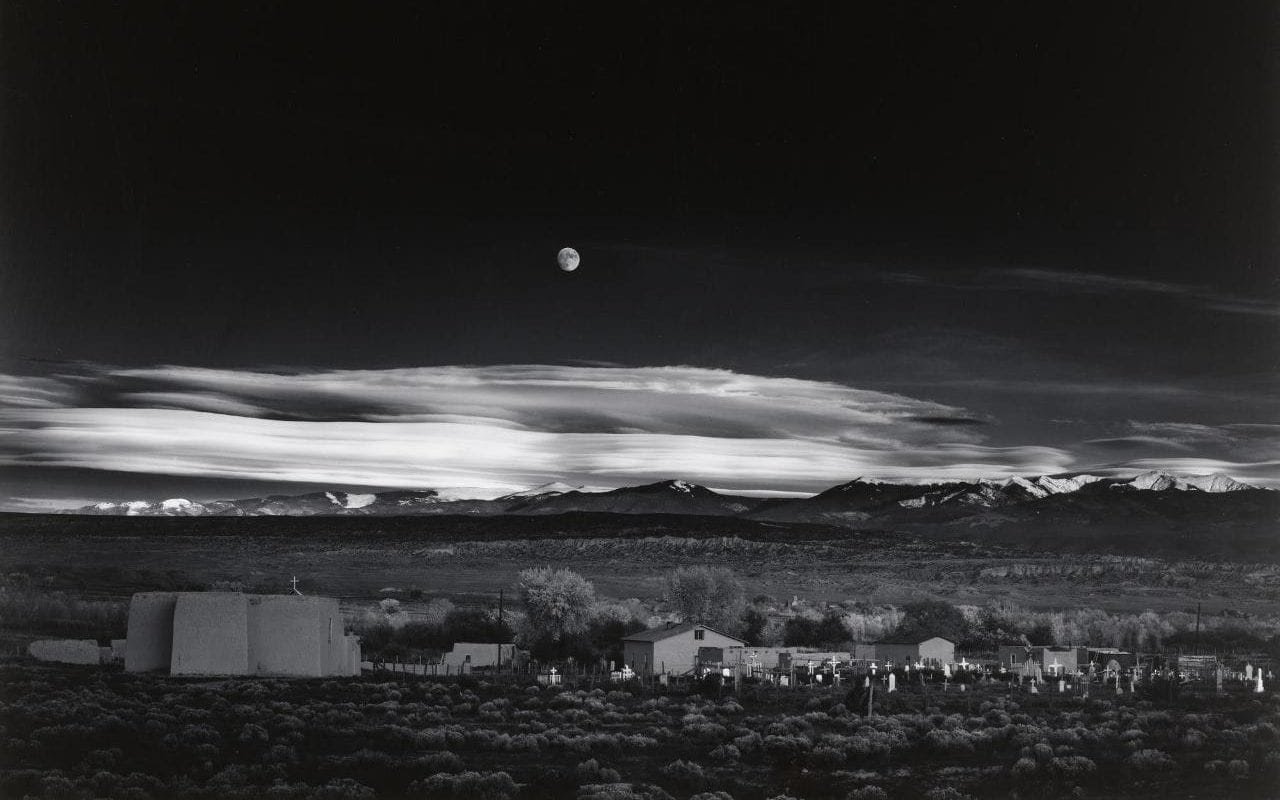
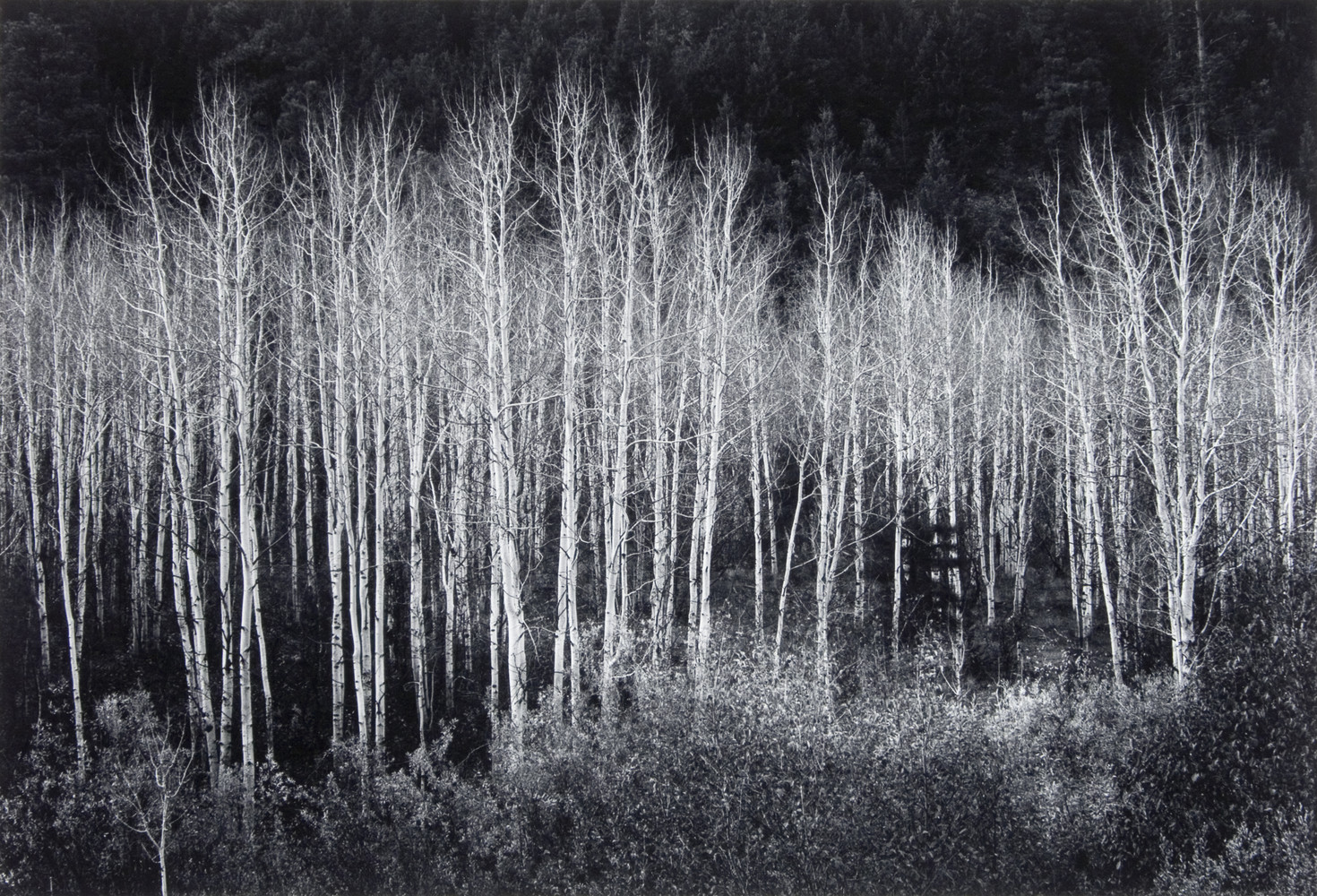
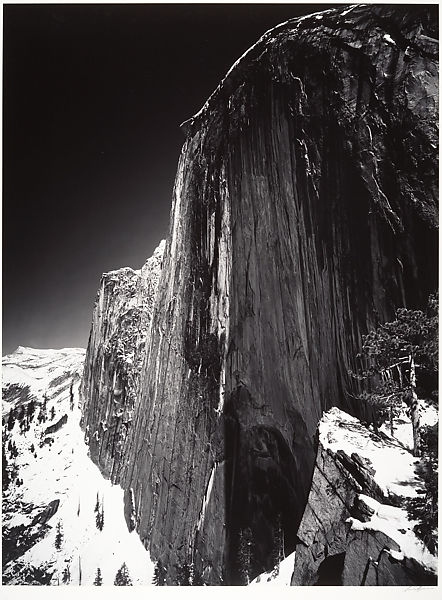
Some of Adams’ most popular works include, Monolith, The Face of Half Dome, Moonrise and Aspens
Adams developed a photography technique named the Zone System, split into 10 sections, was a highly technical guide to controlling the light and dark in landscapes in the most valuable way
Ansel Adams died aged 82 from a heart attack in hospital, in Monterey, California. He worked hard to preserve the wilderness and was a strong environmentalist. Through his life he wrote hundreds of letters to newspapers and politicians, but the legacy of his photographs continue to make an impact.
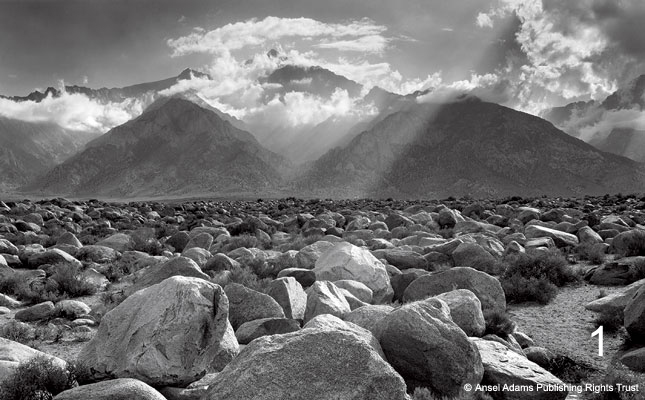
TECHNICAL:
Adams uses natural lighting and a moderate tonal range in this image, creating an overall gray effect, with occasional darker rocks to add contrast. The tonal range highlights the sun rays poking out of the clouds, reflecting off the rocks in the foreground and adding lighter tones. He has most likely used a tripod and a slow shutter speed to capture all the detail and light rays in the image.
VISUAL:
This image has a range of different textures, from the softness in the clouds to the hard lines of the rocks and the sculpture of the mountains. The brightness of the clouds and light rays create a balance throughout the image and fits with the theme of the harmony of nature, definied is Romantasicm.
CONCEPTUAL:
The ideas of Romanticism in art and photography is that nature is beautiful, serene and unpredictable. This is represented in the soft, heavenly light that shines from behind the mountain, which covers over the foreground of the image createing a sense of peace.
CONTEXTUAL:
Adams himself spent a lot of his life in the American West and was inspired by the untouched landscapes and the power of nature among the mountain landscapes. This is represented through the use of his photography, often from his own view, but also going to different heights to capture the best views of the whole landscape.
